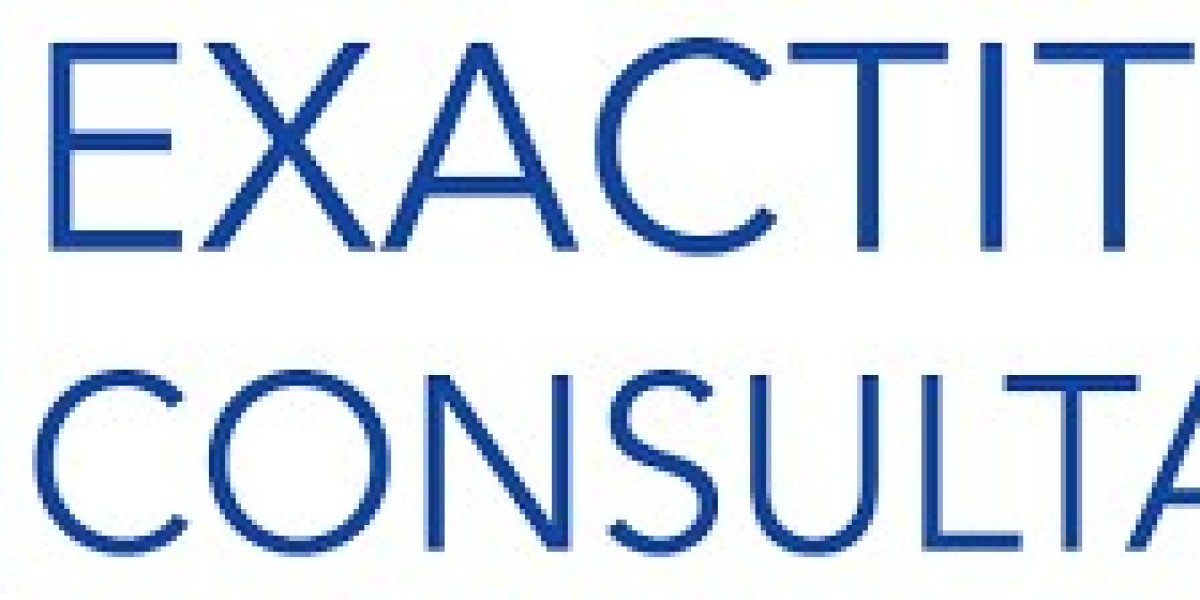facility asset management is a cornerstone of efficient business operations, combining the principles of asset maintenance, cost management, and resource optimization. In today’s fast-paced business environment, utilizing tools like asset scanning software has become indispensable for organizations aiming to stay competitive. This guide will explore the intricacies of facility asset management and the role of asset scanning software, helping you understand their benefits, applications, and best practices.
What is Facility Asset Management?
Facility asset management refers to the systematic approach to managing, maintaining, and optimizing the physical assets of an organization. These assets can range from machinery, office equipment, and HVAC systems to IT infrastructure and real estate properties.
The goal is to ensure these assets are utilized efficiently, remain operational, and deliver value throughout their lifecycle. Effective facility asset management minimizes downtime, reduces costs, and enhances overall productivity.
Key Components of Facility Asset Management:
Asset Inventory: Keeping a comprehensive list of all assets, including their location, condition, and usage, is the foundation of effective management.
Lifecycle Management: Understanding and planning for the acquisition, operation, maintenance, and disposal of assets.
Maintenance Management: Implementing regular maintenance schedules to extend asset lifespans and reduce unplanned breakdowns.
Compliance: Ensuring all assets meet industry regulations and safety standards.
Financial Planning: Tracking costs related to assets, such as repairs, upgrades, and replacements.
What is Asset Scanning Software?
Asset scanning software is a digital solution that helps businesses track, manage, and analyze their assets. It leverages technologies like QR codes, barcodes, and RFID tags to provide real-time data on asset status, location, and usage.
Core Features of Asset Scanning Software:
Asset Tracking: Monitors the location and movement of assets within a facility.
Data Collection and Analysis: Gathers detailed information on asset performance, condition, and utilization.
Inventory Management: Ensures accurate and up-to-date records of all physical assets.
Integration Capabilities: Can integrate with existing enterprise resource planning (ERP) and maintenance systems for seamless operations.
Mobile Access: Many solutions offer mobile applications, enabling on-the-go asset management.
Benefits of Facility Asset Management
Implementing a robust facility asset management strategy delivers numerous advantages:
Cost Savings: By optimizing asset usage and implementing preventive maintenance, businesses can avoid costly repairs and downtime.
Improved Efficiency: Streamlined asset management processes lead to better resource allocation and faster decision-making.
Enhanced Asset Longevity: Regular maintenance and monitoring extend the lifecycle of assets.
Regulatory Compliance: Ensures adherence to safety and industry standards, Facility Maintenance Management System avoiding penalties and legal issues.
Data-Driven Decisions: Accurate asset data empowers informed decisions about repairs, replacements, and investments.
How Asset Scanning Software Enhances Facility Asset Management
Asset scanning software acts as a catalyst for effective asset management by automating and simplifying various processes. Here’s how it contributes:
Real-Time Monitoring: With real-time data, businesses can track asset location and condition instantly.
Streamlined Maintenance: Scheduled alerts and notifications help ensure timely maintenance, reducing the risk of unexpected failures.
Enhanced Accuracy: Automated data collection eliminates human errors, ensuring reliable asset records.
Scalability: Asset scanning software grows with your business, accommodating an increasing number of assets seamlessly.
Sustainability: By optimizing asset use and reducing waste, companies can achieve sustainability goals more effectively.
Best Practices for Facility Asset Management
Conduct Regular Audits: Periodic reviews of asset inventory ensure data accuracy and help identify underutilized or redundant assets.
Implement Preventive Maintenance: Schedule regular maintenance to prevent costly repairs and prolong asset life.
Leverage Technology: Invest in asset scanning software and other digital tools to automate and enhance asset management processes.
Train Employees: Equip staff with the knowledge and skills to use asset management systems effectively.
Monitor KPIs: Track key performance indicators (KPIs) like asset downtime, repair costs, and return on investment (ROI) to measure the success of your asset management strategy.
Choosing the Right Asset Scanning Software
Selecting the ideal asset scanning software for your organization involves considering several factors:
Scalability: Choose a solution that can grow with your business.
Ease of Use: Look for intuitive software that minimizes the learning curve for employees.
Integration: Ensure compatibility with your existing systems, such as ERP or facility management platforms.
Support and Training: Opt for a vendor that offers robust customer support and training resources.
Cost: Consider both upfront costs and long-term ROI when evaluating software options.
Popular Asset Scanning Software Options
UpKeep: Offers user-friendly mobile applications and robust integration features.
Fiix: Focuses on predictive maintenance and data analysis.
EZOfficeInventory: Provides comprehensive inventory and asset tracking capabilities.
Asset Panda: Known for its customizability and scalability.
Note: Ensure the chosen software aligns with your specific business needs.
The Future of Facility Asset Management
The landscape of facility asset management is evolving, driven by advancements in technology and changing business needs. Emerging trends include:
IoT Integration: The Internet of Things (IoT) enables smarter asset monitoring with real-time data collection and analysis.
Artificial Intelligence (AI): AI-powered tools can predict asset failures and recommend proactive maintenance.
Cloud-Based Solutions: Cloud platforms offer scalability, flexibility, and remote access to asset management systems.
Sustainability Initiatives: Businesses are increasingly focusing on sustainable asset management practices to meet environmental goals.
Conclusion
Facility asset management and asset scanning software are essential for modern businesses aiming to optimize operations and reduce costs. By understanding the principles, benefits, and best practices of asset management, organizations can make informed decisions that drive long-term success.
Investing in the right tools and strategies not only improves efficiency but also ensures sustainability and compliance. As technology continues to advance, the potential for innovation in asset management is boundless.







